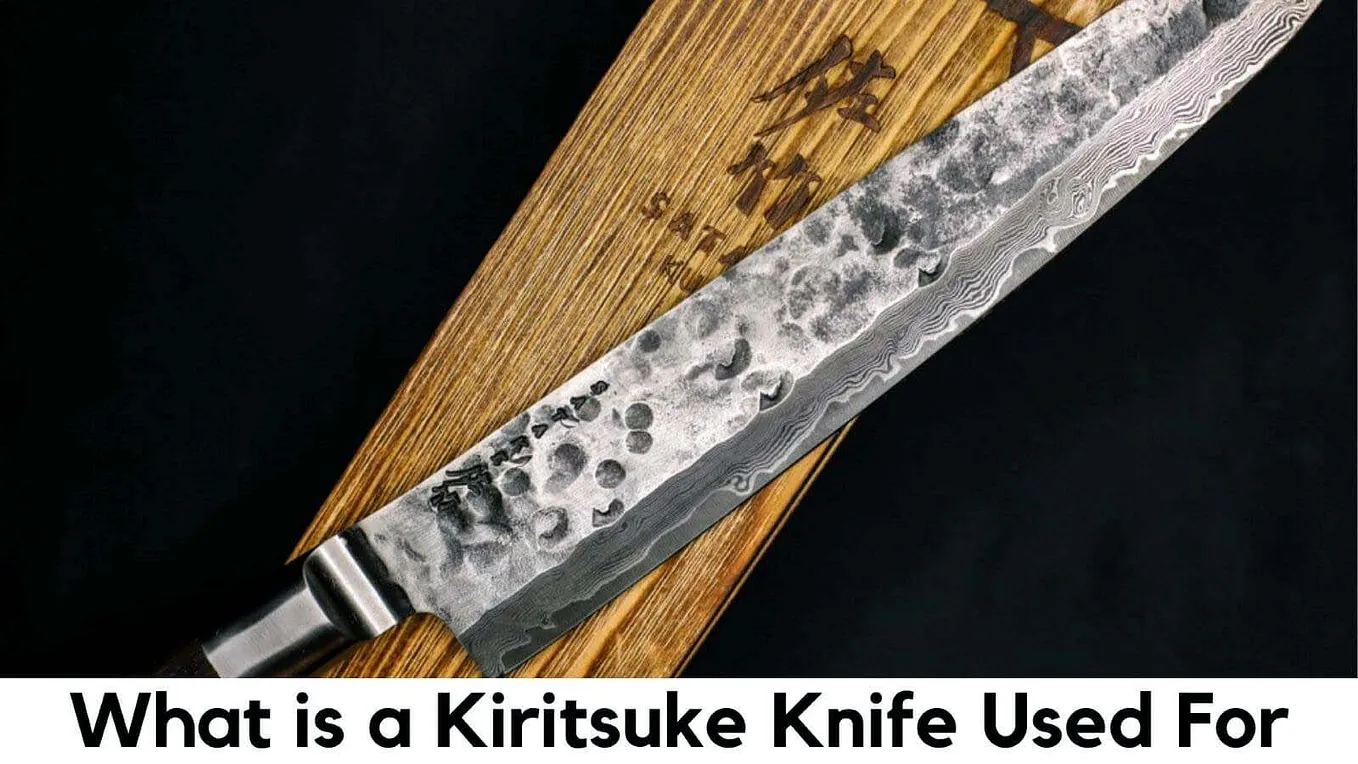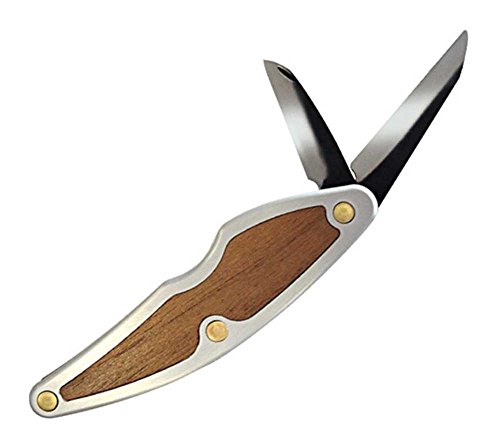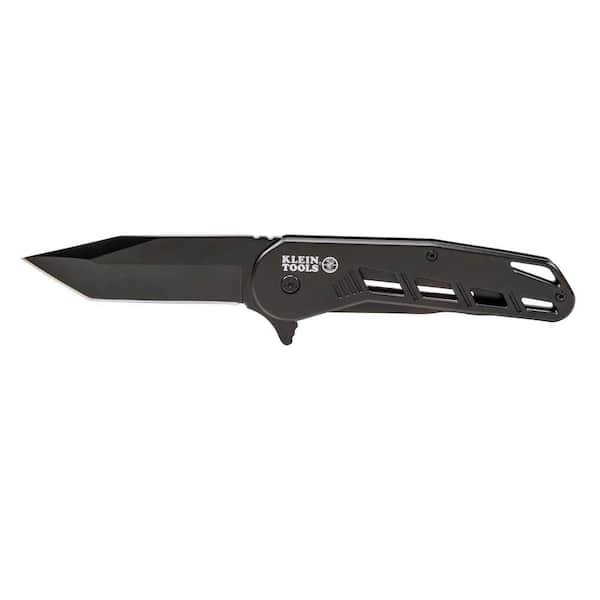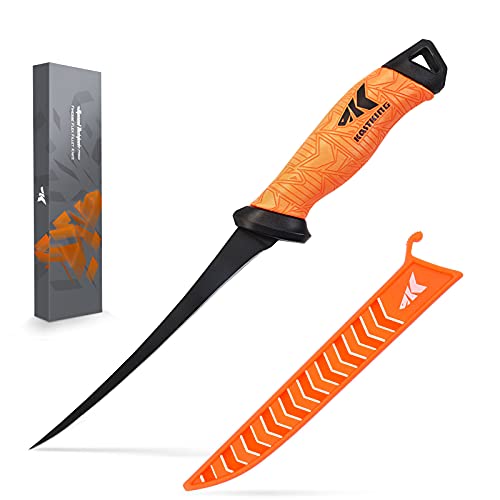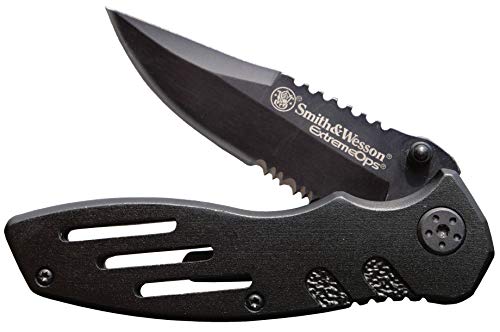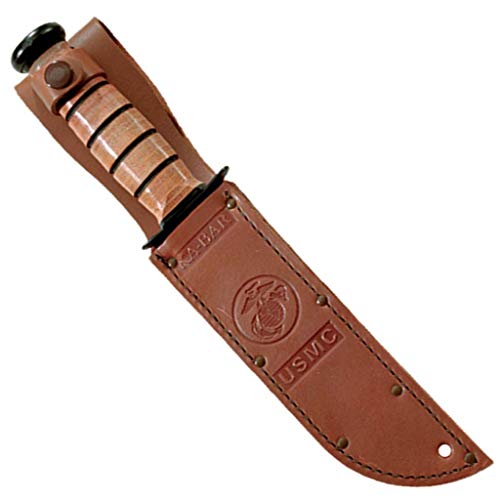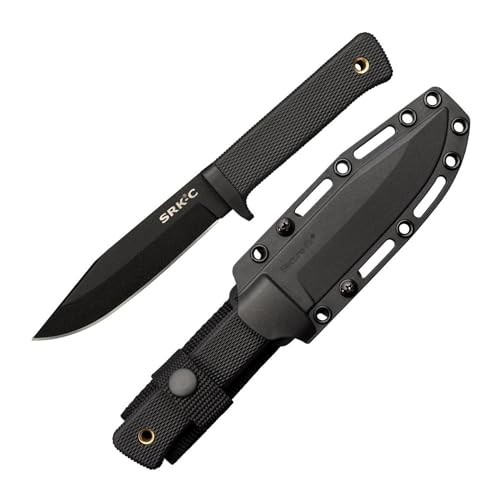Best Way to Polish a Knife: Ultimate Guide for a Razor-Sharp Edge
If you want your knife to glide through tasks smoothly and last longer, polishing it the right way is key. You might think sharpening is enough, but polishing takes your knife’s performance to the next level.
Imagine slicing effortlessly without struggling or damaging your blade. You’ll discover the best way to polish a knife—simple steps that protect your investment and keep your blade looking sharp and new. Ready to unlock your knife’s full potential? Let’s dive in.

Credit: www.redlabelabrasives.com
Best Way to Polish a Knife
Choosing The Right Tools
Choosing the right tools is key to polishing a knife well. The right tools make the process easier and give better results. Each tool has a special role in smoothing and sharpening your blade. Picking tools that fit your needs saves time and effort. Understanding different options helps you choose wisely.
Types Of Polishing Stones
Polishing stones come in many types. Water stones are soft and easy to use. They wear down quickly but give a smooth finish. Oil stones are harder and last longer. They need oil to work well. Diamond stones are very strong and fast. They polish even the hardest steel. Each stone type suits different knife steels and polish levels.
Using Leather Strops
Leather strops help remove tiny burrs after stones. They refine the edge and make it very sharp. Stropping is a gentle process that polishes the blade surface. Use a strop with a smooth, clean leather surface. Pull the blade backward to avoid cutting the leather. Stropping keeps the edge smooth and ready to cut well.
Selecting Polishing Compounds
Polishing compounds improve the strop’s effect. They come in different grits, from coarse to fine. Coarse compounds remove scratches faster. Fine compounds give a shiny, mirror finish. Choose compounds that match your knife’s steel and polish stage. Apply a small amount on the leather strop. This boosts the blade’s sharpness and smoothness.
Preparing Your Knife
Preparing your knife is the first step to achieve a sharp, polished blade. A clean, damage-free surface makes polishing easier and more effective. This part focuses on how to get your knife ready before polishing.
Cleaning The Blade
Start by washing the blade with warm water and mild soap. Use a soft cloth or sponge to remove dirt and grease. Avoid harsh chemicals that can damage the metal. Dry the blade thoroughly to stop rust from forming. Clean blades polish better and last longer.
Inspecting For Damage
Check the blade for any chips, cracks, or rust spots. Small damage can affect the polishing process. Use a magnifying glass if needed. If you find damage, fix it before polishing. A smooth blade surface helps polish evenly and safely.
Step-by-step Polishing Process
Polishing a knife restores its shine and sharpness. It takes patience and the right steps. Follow this clear process for the best results. Each step builds on the last for a smooth finish.
Coarse To Fine Grit Technique
Start with a coarse grit stone or sandpaper. It removes rough spots and scratches. Move to medium grit next to smooth the surface. Finish with fine grit for a polished look. This gradual change prevents damage and brings out shine.
Maintaining The Correct Angle
Hold the knife at a steady angle. Usually, 15 to 20 degrees works well. Keep this angle consistent throughout polishing. It protects the edge and ensures even results. Use a guide if you find it hard to keep steady.
Polishing Motion Tips
Use slow, even strokes along the blade. Move from the base to the tip each time. Avoid pressing too hard to prevent scratches. Wipe the blade often to check progress. This motion helps polish evenly and safely.
Finishing Touches
Finishing touches bring out the best in your polished knife. These steps refine the edge and protect the blade. They keep your knife sharp and lasting longer.
Honing For Extra Sharpness
Honing aligns the blade’s edge for better cutting. Use a honing rod with a smooth, steady motion. Hold the knife at a 15 to 20-degree angle. Run each side along the rod five to ten times. This step sharpens without removing metal. It prepares the blade for precise slicing.
Applying Protective Coatings
Protective coatings prevent rust and wear. Lightly apply food-safe oil or wax to the blade. Use a soft cloth to spread it evenly. This layer keeps moisture away and slows damage. Regular coating maintains the knife’s shine and strength. It helps your knife stay polished and ready.
Common Mistakes To Avoid
Polishing a knife is simple but easy to do wrong. Avoiding common mistakes saves time and keeps your blade sharp. These errors can damage the knife or reduce its life. Knowing what to avoid helps you polish better every time.
Over-polishing Risks
Too much polishing can wear down the blade. It removes too much metal and weakens the edge. The knife may lose its shape and sharpness faster. Polishing should be gentle and limited to what is needed. Stop once the blade looks smooth and shiny.
Ignoring Blade Maintenance
Polishing alone does not keep your knife in good condition. Clean the blade before and after polishing. Dry it well to stop rust or stains. Use oil or a blade protector for long-term care. Skipping maintenance makes the knife dull and prone to damage.

Credit: www.reddit.com

Credit: m.youtube.com
Frequently Asked Questions
How Do I Polish A Knife At Home Safely?
Use a soft cloth and polishing compound. Rub gently in small circles to avoid damage.
What Materials Work Best For Polishing Knives?
Use fine grit sandpaper, polishing paste, or a dedicated knife sharpener for best results.
How Often Should I Polish My Knife?
Polish your knife every few months or when it looks dull to keep it sharp and clean.
Conclusion
Polishing a knife keeps it sharp and safe to use. Use the right tools and gentle, steady movements. Take your time to avoid damage. Regular care helps your knife last longer. A well-polished blade cuts smoothly and easily. Try these tips for a clean, shiny edge.
Small efforts make a big difference in knife care. Keep your knife polished for best results every day.
Related Article

